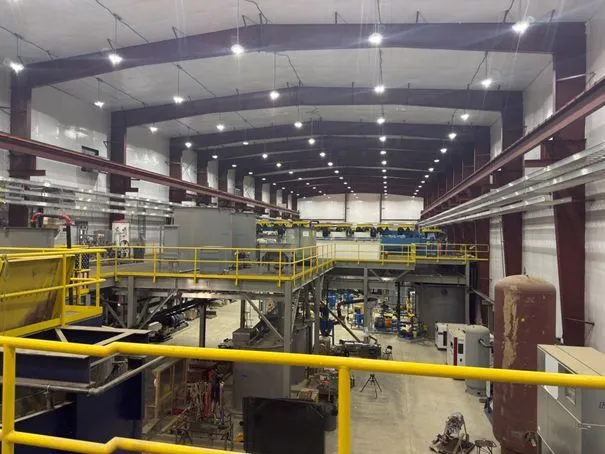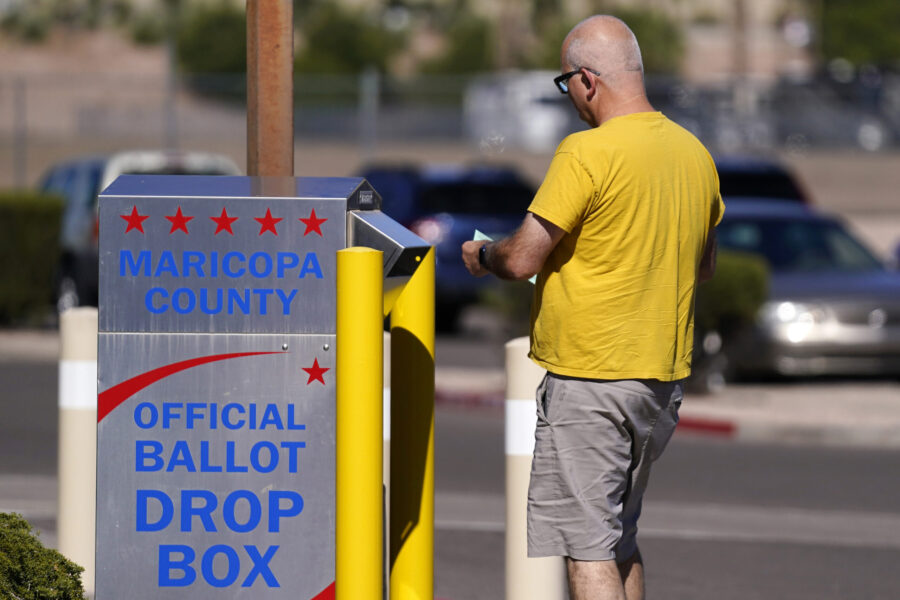Copyright The Street

In an interview with TheStreet Roundtable’s Jackson Hinkle, Anna B. Wroblewska, Chief Business Officer at Dinari, says the question of liquidity is the defining challenge for any platform trying to move traditional assets on-chain. “This is one of the most important liquidity questions you could possibly ask,” she said. “On our platform, what we’re offering currently is 24/5 trading, and you can access 24/5 trading as a traditional retail customer.” Instead of pushing all trading on-chain immediately, Dinari routes orders through traditional markets before tokenizing them on demand. Wroblewska said that design preserves pricing depth and stability while gradually pulling liquidity onto the blockchain. They recently announced its Layer-1 network built on Avalanche, designed to coordinate liquidity across blockchains and exchanges. “The problem with just tucking liquidity on-chain and letting it trade 24/7 is that you’ll invariably have a shorter depth of liquidity,” she said. “You end up with these massive price dislocations from the traditional market.” She described the process in practical terms. “Say you’re a European customer and you want to buy Apple stock or Coinbase on Gemini,” she said. “You place an order, that order gets routed to us, we go out to the traditional market, execute, and then mint that token back. You can place an order on a Saturday, but it’s not going to clear until things open Sunday night.” “We’ve just announced our L1 on Avalanche, the Dinari Financial Network,” she said. “It’s designed as a coordinating layer between all the different networks our distribution partners are on. We’re not taking a directional bet on one chain. What we want is to make sure liquidity isn’t siloed somewhere by itself.” Scroll to Continue Recommended Articles The new layer, she explained, acts as both an order book exchange and a settlement layer, forming the foundation for more trading activity to eventually move on-chain as liquidity deepens. When I asked whether tokenized equities could ever surpass traditional markets in liquidity, Wroblewska was confident. “Yes, if it’s done the right way, which we firmly believe we’re doing,” she said. “If you’d asked me this question maybe six months ago, I would’ve said five to eight years. But as people start getting really excited about this and adoption accelerates, I think that timeline also accelerates.” Earlier this year, Robinhood, one of the largest platforms in the world for buying and trading stocks, announced that it would be bringing tokenized stocks onto their platform. Dinari has also partnered with the S&P Dow Jones Indices to launch the S&P Digital Markets 50 Index, the first crypto focused index released by the S&P DJI. She pointed to regulatory progress and technology maturity as key factors driving that acceleration. “We’re in a really exciting market,” she said. “The regulatory environment is positive, the technology is there, and I think we’re going to see those timelines move a lot faster than anyone expected.” She pointed to a combination of regulatory openness and technological readiness as signs of what’s ahead. “We’re in a really exciting market,” she said. “The regulatory environment is positive, the technology is there, and I think we’re going to see those timelines move a lot faster than anyone expected.”



